Continuing the ongoing series of interviews with creative artists working on various aspects of movie and TV productions, it’s my pleasure to welcome back Judy Rhee. In this interview she talks about the changes in the art department in the last few years that follow the rising demand for original content, the blurring lines between storytelling in film and in episodic productions, what defines success and what keeps her going. Around these topics and more, Judy talks about her work on “Jessica Jones” and “Better Call Saul”, and dives deep into creating and crafting the world of “El Camino”.
Kirill: Since we spoke last back in 2012, you’ve done quite a few productions, including “Jessica Jones”, “Better Call Saul” and your latest “El Camino”. Has anything changed for you in general in the art department in these last few years?
Judy: It has changed a lot not just in the art department, but in the industry in general, because there’s a greater demand for original content. It has increased the volume of work not only in New York but nationwide and possibly worldwide. There’s a lot more work to choose from. It’s mostly streaming and TV. A lot of interesting projects that have come my way have been mostly in TV. I still like to do feature films, but there isn’t as much movie work as there are for TV.
In 2017 I worked on “Jessica Jones” Season 2, and that was a really great project. It was one of many Marvel streaming shows that was shooting in New York at the time. It was a great opportunity for me, because it was the first time I worked on something that involved a lot of stunts. It was interesting to design with that in mind, knowing that certain walls had to break a specific way, or specific elements had to collapse on cue. It was a fun and challenging project.
Because there is so much original content being made, there are also higher expectations to make your show stand out from the others. That drives the art department to make it as visually interesting and original as possible.
After “Jessica Jones” I worked on “Better Call Saul” Season 4 in Albuquerque, New Mexico. That was a lot of fun and another huge honor for me to work on as I was also a fan of “Breaking Bad” and of “Better Call Saul”, so I was thrilled to get the call. It’s definitely an added bonus to work on shows that you’ve watched and been a fan of.
I met Vince Gilligan while working on “Better Call Saul”, and I was called a few months after we wrapped to work on “El Camino”. We finished shooting “El Camino” about a year ago, which was recently released on Netflix.
The last 5-6 years have been non-stop for me work-wise. My first TV job was in 2013 on a show called “Alpha House” with Amazon. It was one of their first original series that they introduced – before people knew Amazon was doing original content. I worked on the pilot and two seasons with writer/show-runner Garry Trudeau.
After that, I worked on “Patriot” with Steve Conrad, another Amazon show. The pilot was shot in Montreal and then we did Season 1 in Chicago and Prague. That was also a great project with interesting & original writing. All these projects I have worked on had great writing. I feel very fortunate to have worked with such great writers, show-runners and directors.
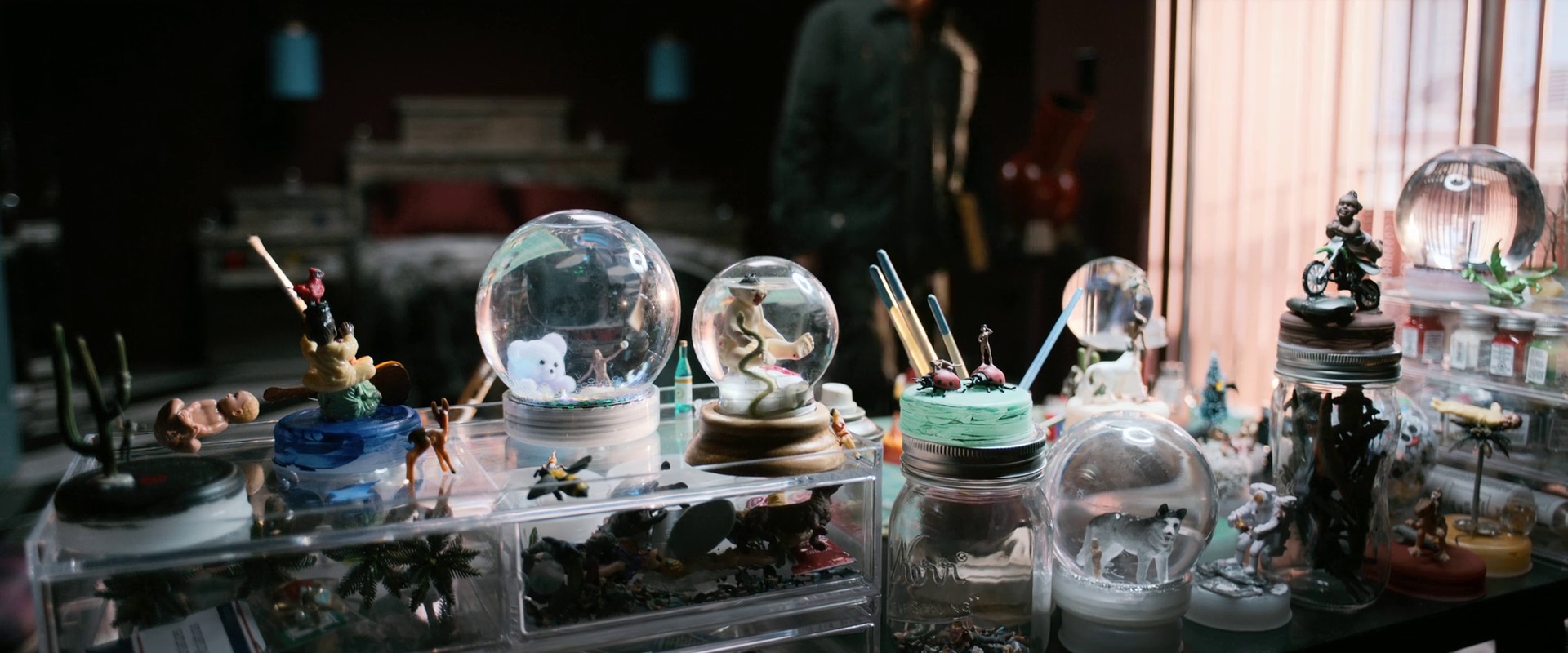
Production design of “El Camino” by Judy Rhee.
Kirill: With this variety of productions on Amazon, Netflix and AMC, some releasing episodes on a weekly basis and others releasing the whole season at once, does it feel that the line between what is a movie, what is a TV show and what looks like a TV show but might be a 10-hour long movie is no longer as distinct as it used to be?
Judy: That’s one way to look at it. Some of these shows are like extended films, depending on how it’s available. Some shows you do have to wait a week for the next episode. Certainly, viewing habits have changed because of how the formats have altered. A lot of people watch the entire season in a weekend, so it is like watching a 10-hour movie.
The approach in shooting these shows depends on the program. Sometimes you have all the scripts up front, so you can prep it like one long movie. But more often than not you don’t have all the scripts up front, so you’re getting the information as it’s happening, so you don’t always have the luxury of planning ahead. You have to take it one script at a time. You may know the general arc of the characters for the season, but not always. You don’t always know where it’s going to end up. You try to make each episode as interesting or visually engaging as possible – not necessarily knowing if you’re returning to that same set or location?
It’s not something that I consider when I am designing because you don’t always have that information. On a 10-episode series you may just have the first 3 or 4, so that’s the only information you have to work from.
Kirill: You worked with a single cinematographer on all the season episodes of “Jessica Jones”, and the same on “Better Call Saul”. Does it make easier for you to keep a consistent visual language, even as different directors come in?
Judy: Absolutely. It’s important that the director of photography [DP] and I are in sync and in constant communication. You start to develop a shorthand, knowing how they prefer to light. You take that into consideration when designing the sets. You have as many conversations as possible during pre-production. You go through each set, whether it’s a palette, a mood or certain angles for each set and character development.
All those things get discussed early on with the show-runner and writers. But once we start shooting, it becomes harder to sit down and have these conversations because everyone’s time becomes much more limited. My time as the production designer is prepping one episode ahead, if not more, so I’m rarely around after I open sets (if I have time?). Some shows have alternating DPs, but that has not been my experience.
Kirill: As you’re doing shows with an established visual look, how much freedom does it give you to have your own take on it?
Judy: Although, “Jessica Jones” and “Better Call Saul” had established looks for their shows, there were new sets to design, which made those specific seasons interesting for me to work on.
I enjoyed watching the first season of “Jessica Jones” and I thought the writing was really good. Melissa Rosenberg did an incredible job of bringing in a female superhero’s point of view based on a trauma for her specific superpower. Melissa also had an interesting & fresh way of casting the first season with diversity in mind that was noticeable. You saw people of color in roles that weren’t traditionally cast in the past.
Back to your question, when I interviewed before joining the second season, I did have questions about how many new sets there would be to the new season? Melissa Rosenberg and Raelle Tucker ensured me that there were many new sets coming up, and there would be lots of opportunity for interpretation. They said we would see Jeri Hogarth’s apartment in the 2nd season, which sounded interesting to me. It was a great collaboration with David Schlesinger the set decorator. We had a lot of fun creating her space. Knowing the history of Hogarth’s character originally being a man in the graphic novel, and understanding how that can be reinterpreted for a female character was an interesting process. And that was just one of many new sets we designed & redesigned.
It was a similar situation for “Better Call Saul”. When I interviewed for season 4, they told me that there would be a decent amount of new sets & locations. Although, “Better Call Saul” is a prequel to “Breaking Bad”, the look of the show was established on “Breaking Bad” because the show was shot and aired before “Better Call Saul”. The timeline of both shows interweave with each other through flashbacks, so there was a lot of details to keep track of, which I found challenging & interesting in a specific way of the show’s language.
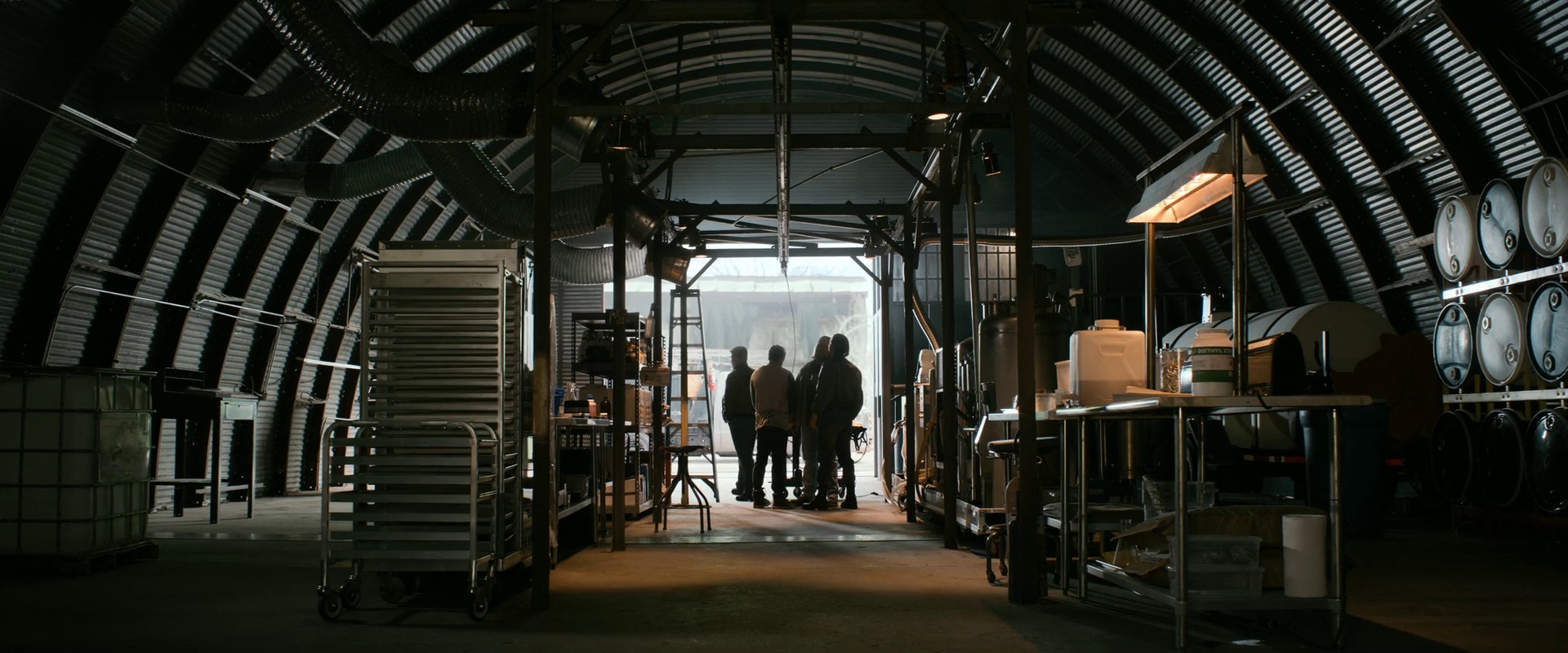
Production design of “El Camino” by Judy Rhee.
Kirill: You mentioned the rising level of expectations from the art department. Do you think that’s one of the factors why most of the new shows at that level do 10-12 episode seasons and not the more “traditional” 20+?
Judy: I think for some of the newer streaming / TV shows, they don’t always know how many seasons it will continue for so they write with new sets & locations to try to keep it fresh & interesting.
There are some established shows that have been around for several seasons that shoot 20+ episodes straight through. It’s hard to really know how they determine the shooting schedules of these shows?
I’ve never worked on anything beyond 10 episodes for one season. I think to sustain that schedule it’s helpful to continually go back to the same sets & locations.
Continue reading »
Continuing the ongoing series of interviews with creative artists working on various aspects of movie and TV productions, I’m delighted to welcome Frank Walsh. In this interview he talks about the beginning of his career, how technology continues to reshape the industry, finding the next challenge and never stopping to learn new things, and the complexity of the art and craft of production design. Around these topics and more, Frank dives deep into his work on the fabulously designed first season of “Carnival Row”.
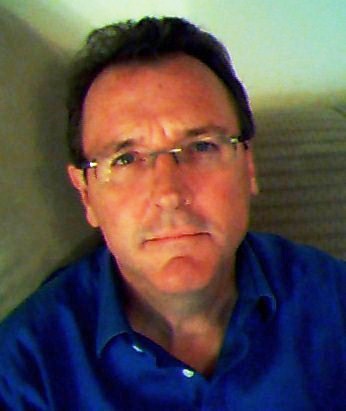 Kirill: Please tell us about yourself and the path that took you to where you are today.
Kirill: Please tell us about yourself and the path that took you to where you are today.
Frank: I took a Three Dimensional Design course at Hornsey College of Art for my BA, and it was a fairly unique course in design at that time. Students were designing furniture, architecture, ceramics, silversmithing – and that’s where I started. It was during that course I met a tutor there who made me consider that silversmithing was just one manifestation of a design process. I got interested in designing furniture, this expanded into the interiors for my furniture and finally architecture, and ultimately that got me into the prestige London centre of creative arts, The Royal College of Art, to do my master’s degree in architectural design. Whilst it was there that my deeper interest in film and television came about when I took a Liberal Studies module and Christopher Frayling tutored me on Sergio Leone and spaghetti westerns.
That was the first time I’d ever sat down and been introduced to the idea of analysing a movie scene by scene, and understanding how the elements of a movie go together – from the sets, the cinematography, costume, sound, and music. It opened a whole new world to me, and I just thought the complexity was so fascinating. So in the weeks running up to my graduation, I started to write a lot of letters to anybody I could find in the industry.
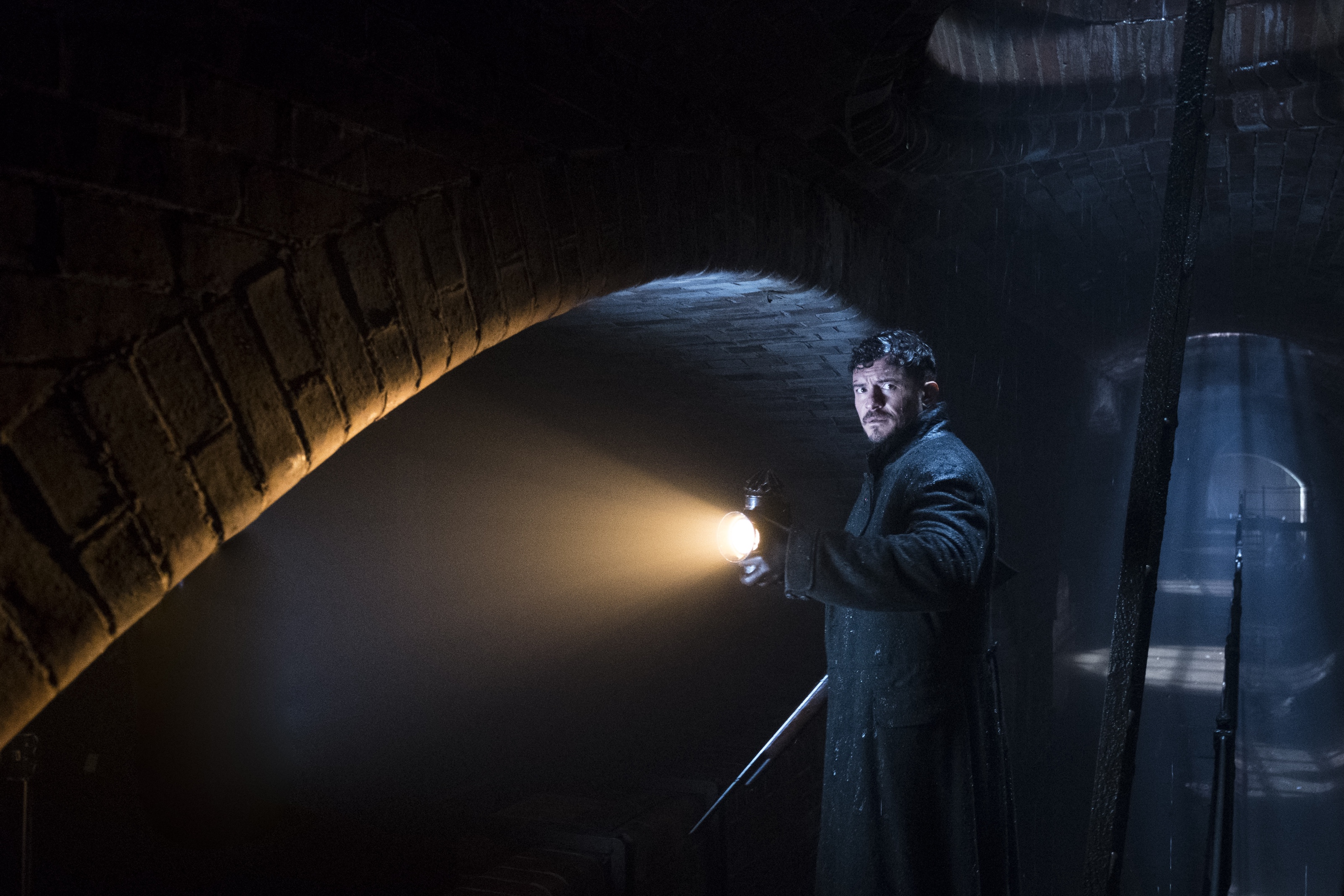
On the sets of “Carnival Row”. Production design by Frank Walsh. Courtesy of Amazon Studios.
Through one letter, I was introduced to the art department on the Bond movie “Moonraker”. Ken Adam was designing it, and it was one of those lucky moments that shape a life. One of the juniors was leaving to go onto another film, and I was just there at the right moment and coming from a post-graduate university education into the industry, it was quite an unusual route at that time to get into the art department on a movie.
It was a great privilege having Ken Adam as my first boss. I used to look after his office, sort out all his drawings and whatever else there was to do to assist. The department at Pinewood was charged mainly with shooting all the visual effects and miniatures that appear in the film, so I was immersed in that very special aspect of film making from the very start. Working and learning from Ernie Archer who had won an Oscar for “Nicholas and Alexander” and a nomination for designing “2001: A Space Odyssey” the assistant art director on it and Peter Lamont who later gained an Oscar for his designs for “Titanic” who was the visual effects art director. The Director being Derek Meddings who during filming was awarded an Oscar for his pioneering effects work on Superman, and subsequently was again nominated for ‘Moonraker’. So I enjoyed a fantastic grounding early on in my career with that film and saw how solutions can often be found through ingenuity rather than always technology.
Then I had a fortunate period of working on several films with Elliott Scott whose background was from the very early post-war years through films such as the Indiana Jones films, “Labyrinth” and “Who Framed Roger Rabbit”, and with three Oscar nominations to his credit. It gave me grounding in the depth of the art department for film, what sets are about and how you integrate with all the other departments. It was all about being aware that the art department is almost like a catalyst to the production, a place from which all the information comes from. It involves all the other areas, including special effects and visual effects.
This was the early days of ILM, and on one film I was working with Dennis Muren. Pre computers, the art department were hand-drawing all the camera projections for the VFX elements. I learned how to use the American Cinematographer Manual to work out camera angles, lenses, depth of field. Those were the days when you’ve plotted everything in the art department for visual effects. It taught me that the visual effects and the art department are basically one entity and hopefully going forward in the future we meld into one department.
I was very fortunate to have had an all-encompassing training very early on, starting from making tea to standing by, storyboarding, drafting sets, graphics, set dressing and designing.
Kirill: If I look back at the last 10 years or so, the presence of the smartphone technology in my life has changed so much of my everyday routine, and yet almost all of those changes did not seem to be major when each one of them was introduced. If you look at the last 30 years of technology in visual storytelling and how it changed the art department, what do you see?
Frank: It certainly has evolved. I recall trying to hide a non-period telegraph pole with a tree, using signalling flags as it was before mobile phones. I’ve been very lucky in that things have happened to me at just the right moments in the industry. When I started, we didn’t have any computers. You did budgets by hand on a calculator, and it was laid out as a paper spreadsheet. Doing scheduling was all done by hand. As computers came out, I was just in the right place at the right time and was willing to understand and absorb new technology even as many of my superiors rejected its implementation.
Working on “The Hitchhiker’s Guide to the Galaxy” with Joel Collins with whom you spoke a couple of years ago. It was one of his first productions, and both he and Dan May had come from a background where there were comfortable with emerging technology. For them, the challenge probably was moving into the bigger feature film world, and my competency to guide them as a supervising art director and assist them with the process of delivering the sets was a great collaboration. For I was learning from them as much as they from me, about how the technology was changing, and that’s something I’ve always tried to do. My mantra is that you should never stop learning. And embracing developing technology and ensuring it effectively used.
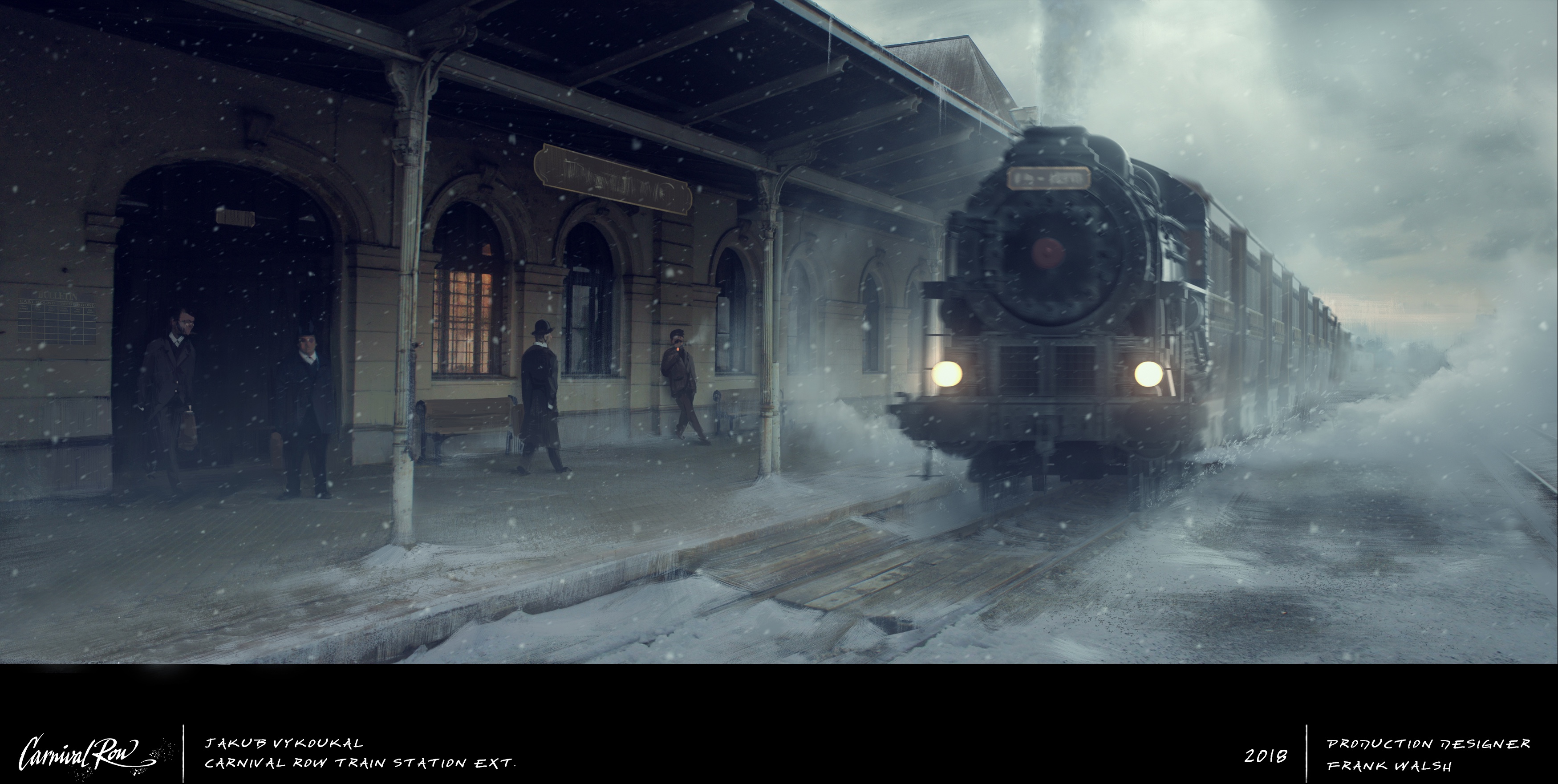
Concept art for “Carnival Row”, train station exterior. Production design by Frank Walsh. Courtesy of Frank Walsh and Amazon Studios.
However, when I teach, I do still try and encourage my students to get themselves grounded in the old approaches – technical drawing with a pencil. That mental process is critical. The amount of effort you do to do a paper drawing is different from what you do on a computer. It makes you much more focused on the process and being economical. It’s just physically tiring to cover a piece of paper with a lot of drawings. I think it gets them to an understanding that you have to analyse things. The new technology makes things happen very quickly and very rapidly. But there are certain cases where even though you have that technology, sometimes it’s better not to use it or rely on it alone.
Sometimes I feel there’s an overuse of visual effects that is detrimental to the storytelling. I’m not decrying anything in particular, and there are great movies that are very born out of visual effects. But there is a need to be respectful that the story comes first. My sets are always designed around making an environment for an actor to perform in and understand. That they can immerse themselves in and allows them to engage with their character totally.
Continue reading »
One is a beautiful amalgamation of fragility, poignancy, irreverence and razor-sharp wit. The other is a breathtaking journey through a Victorian metropolis that reflects on the inescapable pervasiveness of bigotry, prejudice, racism and intolerance. Meet the cinematographer behind “Fleabag” and “Carnival Row”.
Continuing the ongoing series of interviews with creative artists working on various aspects of movie and TV productions, it is my pleasure to welcome Tony Miller. In this interview he talks about the beginning of his career shooting documentaries, the transition of the industry from film to digital, various facets of the role of a cinematographer, and choosing his projects. Around these topics and more, Tony dives deep into his work on the first season of “Carnival Row” and two seasons of “Fleabag”.
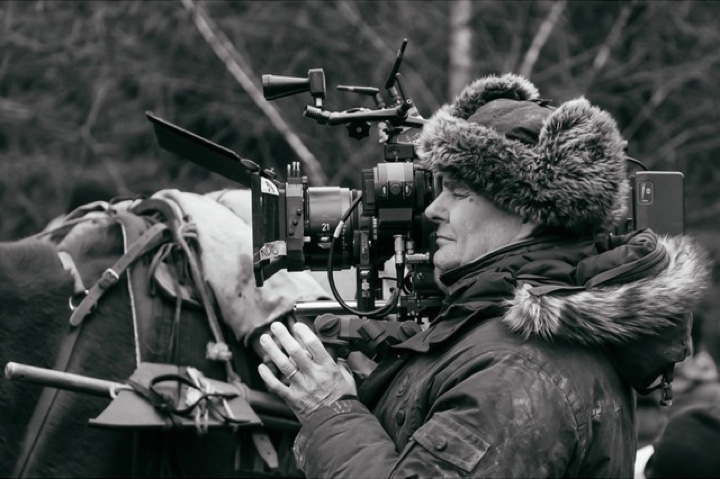
Kirill: Please tell us about yourself and the path that took you to where you are today.
Tony: I studied drama at Bristol university, as I thought that I wanted to be an actor but soon realised it was not my bag and I found myself drawn to cinematography.
When I left university, I self-funded a film documentary about the student uprising in Burma. I crossed the border illegally into Burma in 1988 at age 22 and filmed the first big genocide in which thousands of students were killed, and then crossed back with the film footage.
It was a big risk, but it helped kick-start my career, and I landed a big Channel 4 commission to go back and make a full one-hour documentary.
After the Burma experience, I spent 18 months filming a portrait of whale expert Dr Roger Payne. I then ended up shooting documentaries for the next 12 years, many were anthropological and that was an amazing time. There was a British tradition of verité documentary filmmaking and I was very lucky to join the tail end of it. I travelled with the same crew for about 9 months a year and was booked up often a year ahead. All was shot on film. By 26 I had been Emmy nominated and Emmy awarded.
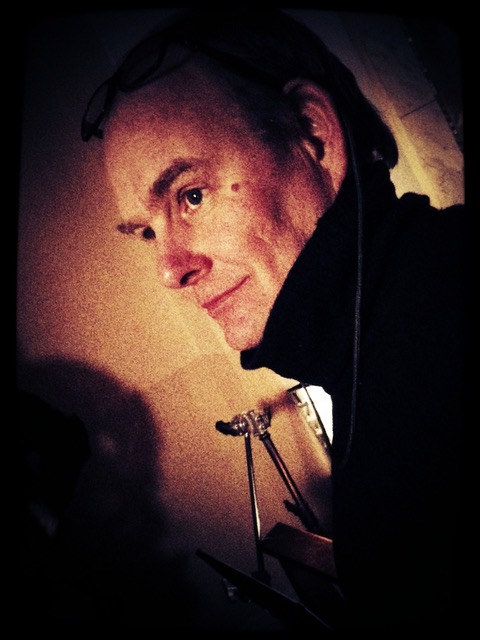 I think that what it taught me was how to light with what I had. How to shoot handheld. What mattered and how to cut it in your head – work out what you needed to tell the story. You didn’t have a second chance or take. You really had to cover things very quickly and find the emotion and drama in how you shot those images. I found that it was a wonderful school for cinematography. All my heroes – Chris Menges, Roger Deakins, Robert Richardson had started in this way. (They all continue to insist on operating by the way).
I think that what it taught me was how to light with what I had. How to shoot handheld. What mattered and how to cut it in your head – work out what you needed to tell the story. You didn’t have a second chance or take. You really had to cover things very quickly and find the emotion and drama in how you shot those images. I found that it was a wonderful school for cinematography. All my heroes – Chris Menges, Roger Deakins, Robert Richardson had started in this way. (They all continue to insist on operating by the way).
Film was a craft and when you did not see it processed for some weeks you had to know exactly what you had shot. So, you shot tests – multiple tests when you had down time and worked out what latitude you had – what made things look more contrasty… What stock to use when the light was harsh.
Film was an expensive commodity, so you thought carefully about what you shot.
At some point I started shooting commercials, and then I started to be offered drama and fiction work. By my mid-30s, I realized that I didn’t want to be traveling around the world 9 months a year. I did my first big TV drama when I was 32, and my first movie a few years later. However, shooting fiction I soon realised that I was still often away 9 months a year!
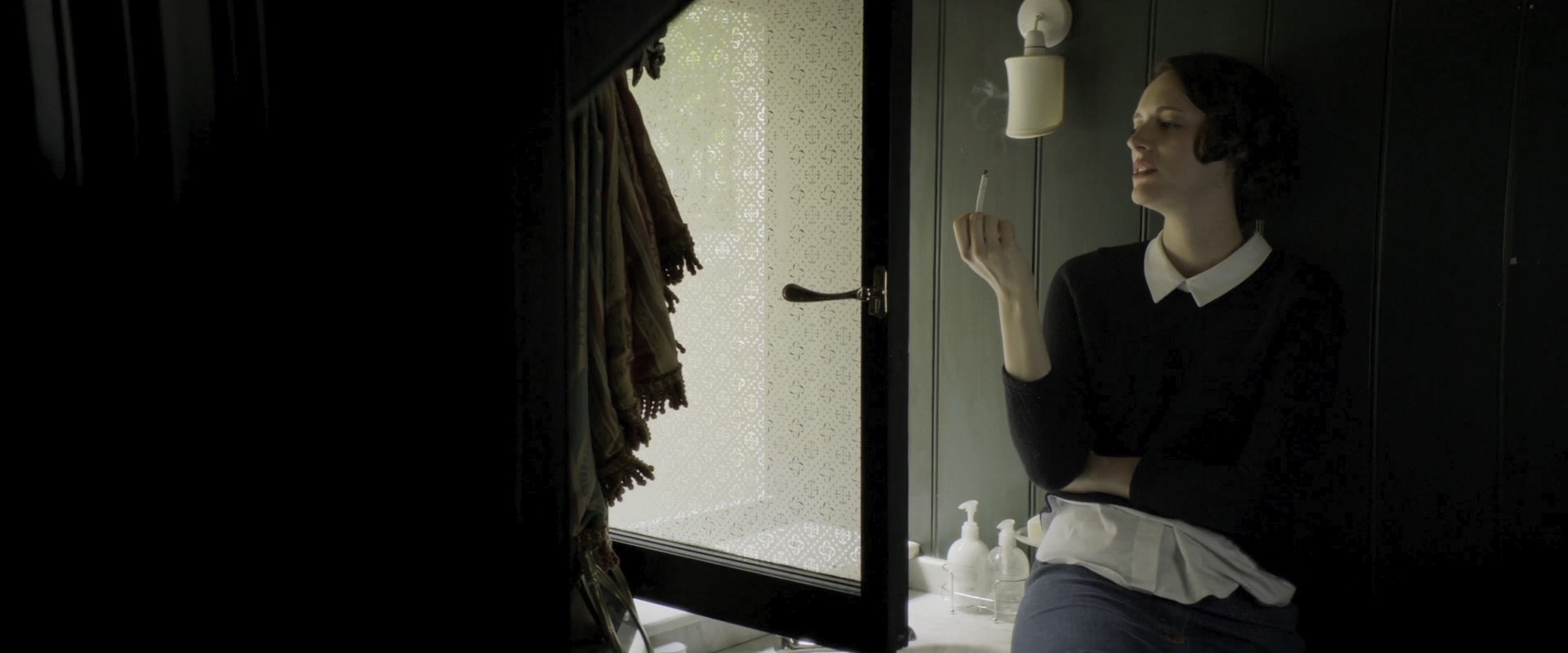
Cinematography of “Fleabag” by Tony Miller.
Kirill: Is there anything that still surprises you when you join a new production?
Tony: I’m always nervous the first few days, and I’m amazed how much there is still to learn. Every project is challenging, it is what makes it fascinating. I think if I felt it was easy, I wouldn’t do it anymore.
It’s still remarkably challenging on so many levels and the opportunity to do something new and different and sensitive is always there. Human nature is vast and so is underscoring the drama with light and a camera.
And on another level, you’re dealing with politics which is such a big part of our job. The bigger the production and the bigger the budget, the bigger the politics gets. Politics is a tricky business! You work with directors who are all very different and your relationship is always a close one. I’m continually surprised and fascinated by what we do.
Kirill: You mentioned that you started back in the days of film as medium, and nowadays digital is almost everywhere. Does it feel sometimes perhaps overwhelming how fast that technology is evolving in last 5-10 years?
Tony: Yes, it does. I’ve talked a lot at various events – BSC and Cameraimage about HDR and how it will take over all of our homes. I think it’s wonderful. I used to hate it, but after having seen “Roma” in HDR and also in a theatre, I thought that HDR looked more amazing and had more depth. I have now done six productions in that format and adapted to some degree how I shoot for HDR.
It is in a way a metaphor for how fast change comes at us these days. You have to keep up with the technology, but I have a crew that does some of those things for me.
But digital has opened the realm of cinematography from a niche profession that used to have maybe 30-40 DPs in Britain who were working at a high level, to now around 400-500. There are other reasons for it, such as people coming here from Europe and everybody seeming to want to shoot in England, but fundamentally it has made the craft of cinematography far more accessible and I think that is a great thing.
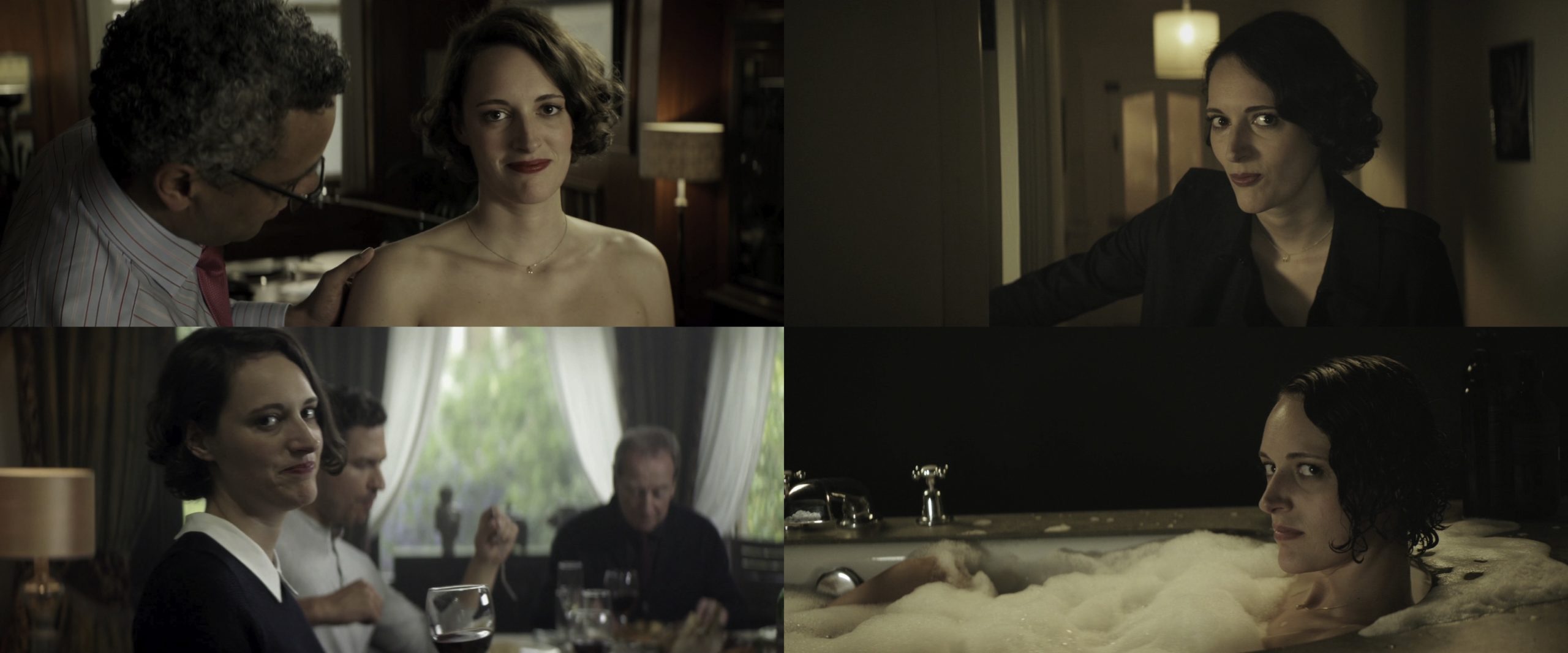
Breaking the fourth wall on “Fleabag”, cinematography by Tony Miller.
Kirill: How do you see the balance between the artistic side of what you do (finding the right way to tell that story) and the technological side of it (keeping track of all the latest cameras, gadgets and software)? Is one more important than the other for you?
Tony: But it’s all about the artistry. It’s all about how you read the story, how you tell the story, how you underscore the story, how you reveal the emotional beats. There are all the key elements that shape your approach on operating a camera and finding the decisive moment.
How do you crescendo to that moment? How do you back off? How do you underscore those key moments in a scene? Is it a close-up or is it a big wide shot? Experience really helps, but it doesn’t mean you’re always right. The big lesson in cinematography that I love is that often I’m right, but frequently I’m wrong.
Technology is really important. Those are our tools of the trade and they keep getting simpler and better – like LED lighting which is revolutionising how we work. I still use big tungsten sources, but LED is making me think and it saves time.
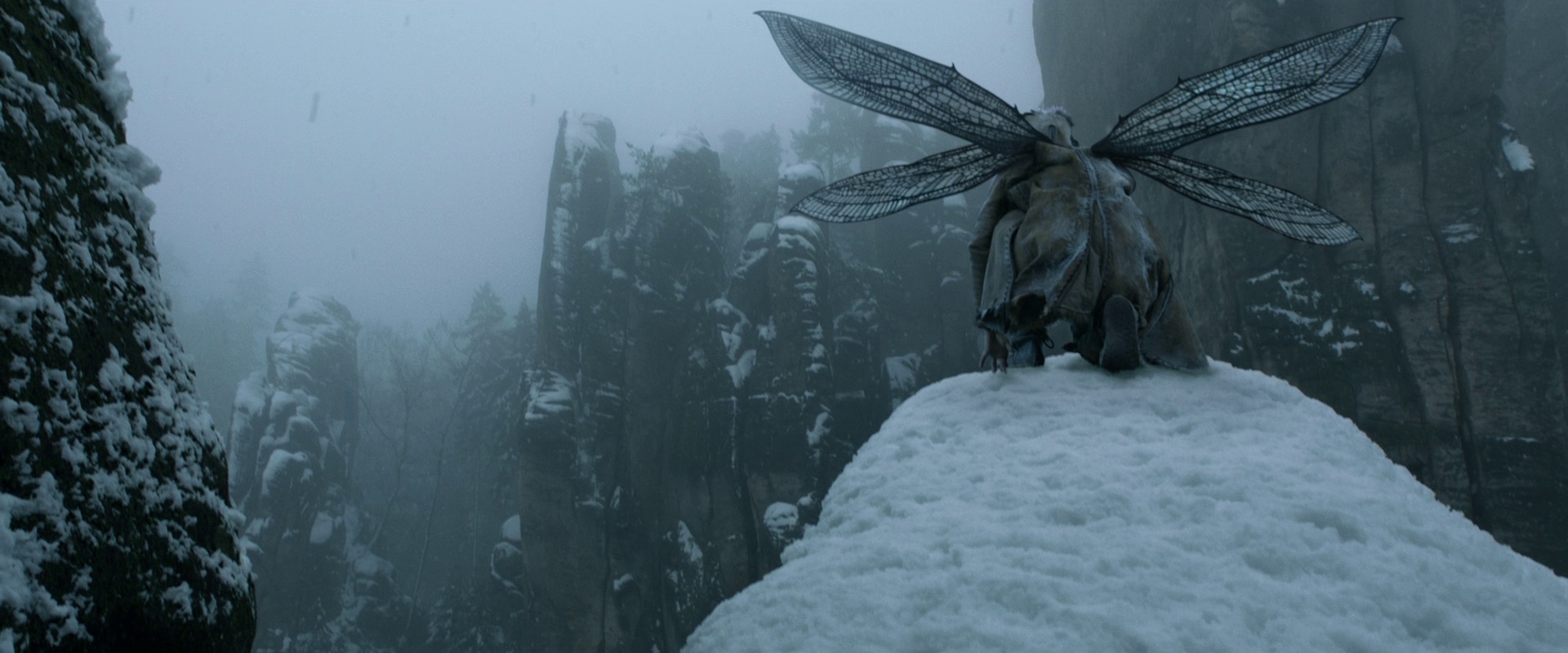
Cinematography of “Carnival Row” by Tony Miller.
Continue reading »
Continuing the ongoing series of interviews with creative artists working on various aspects of movie and TV productions, it is my pleasure to welcome Learan Kahanov. In this interview he talks about collaboration between different departments, technological changes and breaking the political status quo in the world of storytelling, the multiple roles that a cinematographer must assume on set, and the importance of story. Around these topics and more, Learan dives deep into his work on “Madam Secretary” that is in the middle of its sixth and last season as we speak.
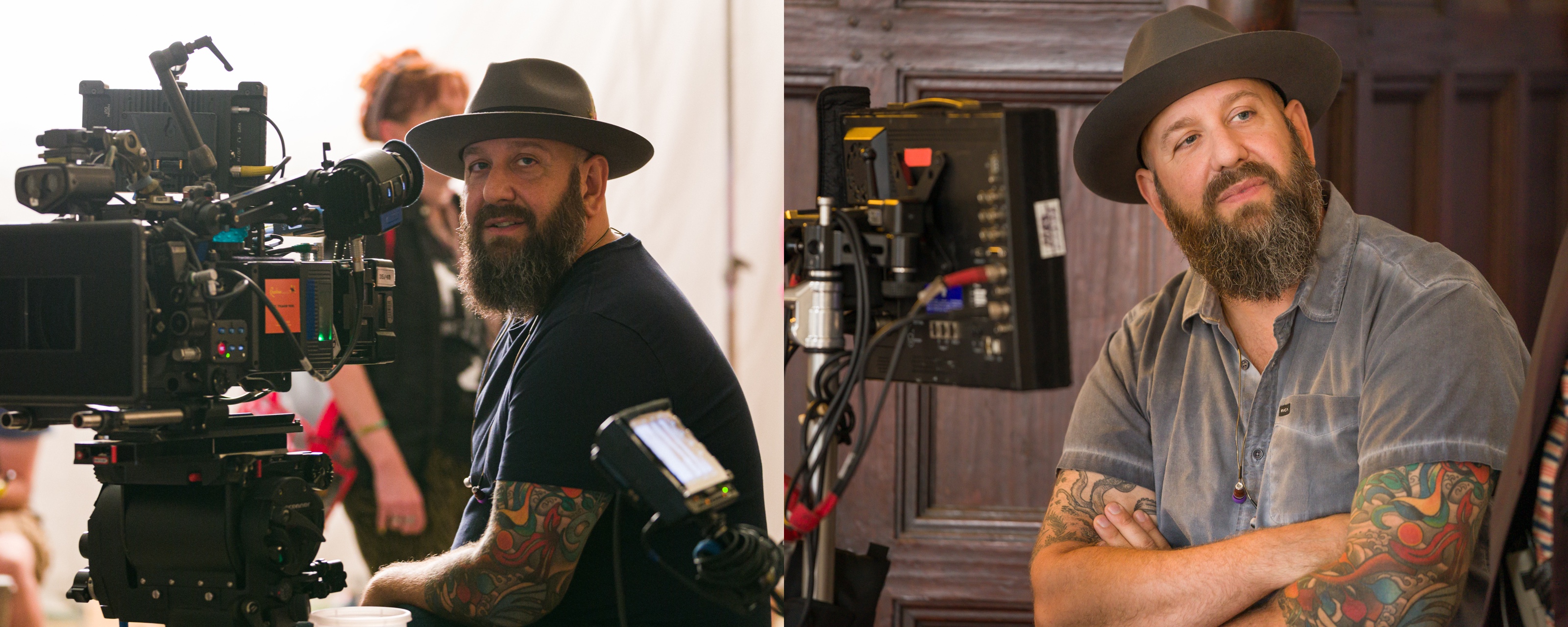
Learan Kahanov on sets.
Kirill: Please tell us about yourself and the path that took you to where you are today.
Learan: I was interested in the captured image since an early age. I played with cameras all through my school years. My mother is also a fine artist, and she went to art school when I was in middle school. So I found myself being dragged along to the darkroom as she did a minor in photography. While she was learning photography, I was learning photography. Eventually I got a camera and started shooting black-and-white stills.
After my mother graduated, she started teaching drawing classes. We had our own art studio, and she would hire models that would pose for her drawing classes. She offered me the opportunity to take pictures and I could do my own stuff.
I was always interested in pictures and imagery. I don’t actually remember the moment where it clicked that I wanted to be a filmmaker. Throughout growing up and in high school I worked at a Children’s Museum and I taught other younger kids how to do photography and photograms. Then I got into some video work and taught the kids how to use the video cameras, and we would make these little short films at the Museum. That’s what really sparked my interest and I quickly realized that filmmaking was the direction I wanted to go.
I went to my state school for photojournalism in order to create a portfolio to get into NYU film school. When I was at NYU, I went right away to all the professors and said that I have no interest in directing. I just wanted to do cinematography.
I think a lot of it came out of how I was raised. I’m first-generation American to Israeli parents; my mother being a fine artist and my dad didn’t have a typical job either. It was seeing the world in a little bit of a different way than the people I grew up with.
I wasn’t necessarily ever a cinephile or someone who studied film as a kid. But I was always interested in the emotional response of an image and the way an image could tell a story. That’s my memories of it as a kid and as a young adult.
When I was at NYU I shot as many films as I could. I also worked as an electrician and eventually a gaffer in the indie world in New York because I was always interested in lighting. Even the photography I was doing in high school and in college was a little more towards the art side of photography rather than the documentary. I was never the guy who walked around the street with a camera and did street photography or documentary style. For me it came more from a narrative storytelling point of view, and that’s why it was an easy transition to try to get into movies, music videos and commercials, and less documentaries.
My early career was basically shooting as many student films and indie films that I could, as well as working professionally as a gaffer. I always felt that I won’t always end lucky enough to have a gaffer who knows how I want things to be lit, so that was my angle – advancing through lighting.
Around 1999-2000 I decided to make a strong push to DP full-time. It was a lot of hard work, a lot of “no”‘s, a lot of low budget projects that did not make me a lot of money. I ended up shooting about a feature a year for eight years, and around 2007 I got into the Camera Union in NY. That parlayed into other television work, commercials and bigger projects, leading me to where I am today – finishing up the sixth season of “Madam Secretary” on CBS. I started the job as A-camera operator and additional cinematographer, and then on the third season took over the show fully.
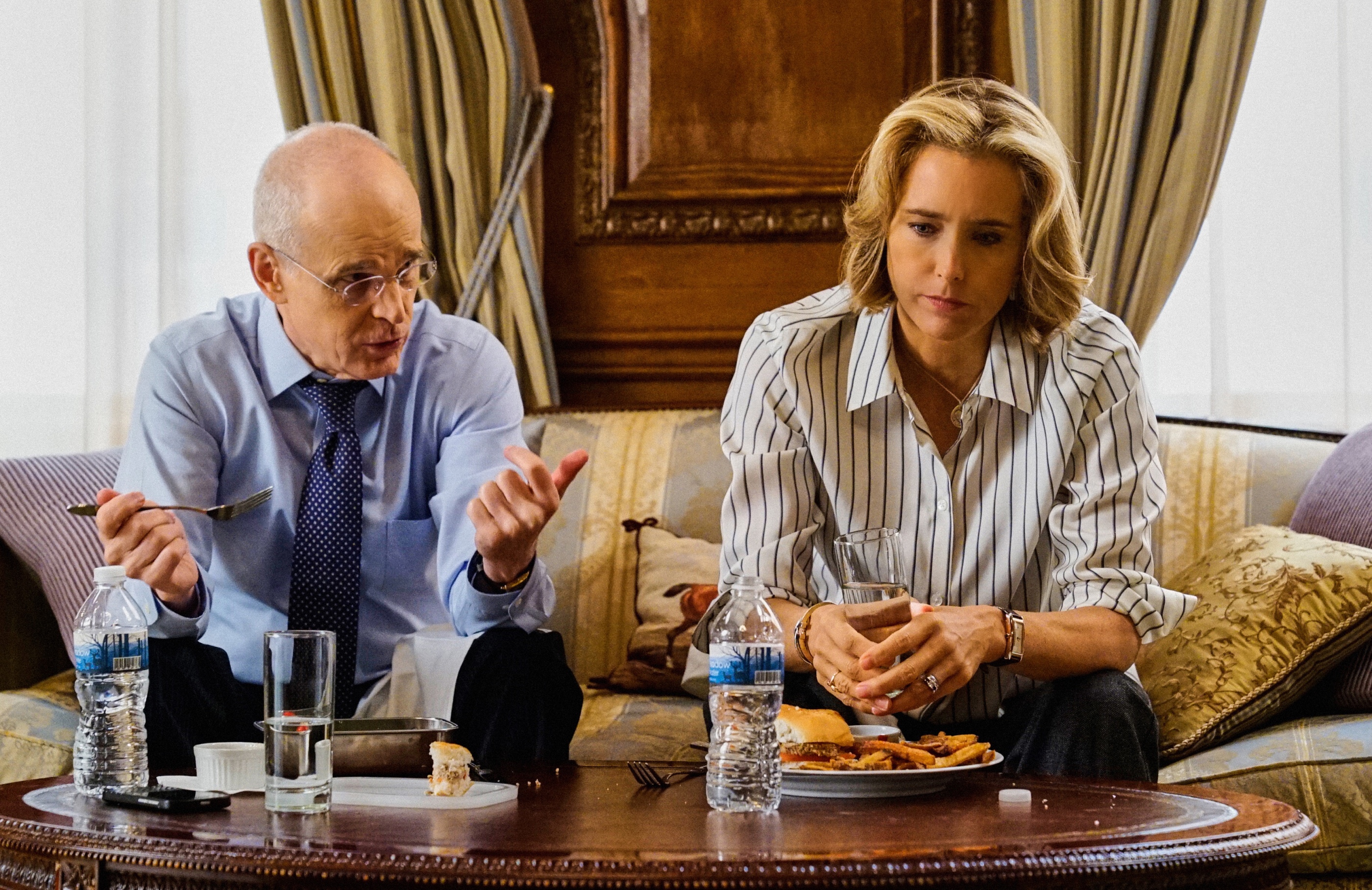
Cinematography of “Madam Secretary”. Courtesy of CBS Broadcasting.
Kirill: If I went to your set today, what do you think would be the most unexpected or surprising thing for me as a viewer that knows only how the final product looks?
Learan: I wouldn’t say this would be specific to my set, but to film sets in general. It’s the amount of choreography that goes into making that final product, and the dance that we all do between the departments. Everyone has this special skillset that can work beautifully in tandem with everyone else to create this piece of art, or piece of entertainment, or whatever that product might be – however artistic or commercial you might want to call it. It’s amazing to see that team work, that collaboration in an industry that is far from democratic.
Filmmaking is not a democracy in its hierarchy, but it can’t be done without collaboration. It’s quite a beautiful thing how there’s all these levels of workers, bosses, managers and artisans – from producers to the directors to the production designers, and all the way down to the set technicians and PA’s. On the best jobs there’s such a synergy and a symbiotic way of working, it’s truly magical. You have to pull back the curtain to see how many people are involved, and how they relate to each other. It becomes a family.
We go to work and you become close, because you’re spending a lot of hours together. Often it’s more hours than most people do when they’re at their everyday job working in an office. It becomes a family, and I think that surprises a lot of people. It’s often separate from the final product of what are we creating. It’s that passion for creating something that everybody shares, whether it’s someone whose family’s been in the industry for many generations to a person like me who has no family in the industry, somebody who just decided I’m gonna go for it and break in.
Kirill: Looking at these first 20 years of your professional life, do you think it’s easier to get into the industry nowadays? The cameras are getting better and cheaper, and there are so many productions of so many different sizes. Does it feel like if you were starting today, maybe it would have been accessible?
Learan: A few months ago I went and talked to a class at School of Visual Arts in New York. I talked about my career, how do you break into the industry and what have you. My take is that it’s definitely more accessible these days to produce something- short film, TV pilot, feature film. It’s definitely easier and more accessible to create something.
That being said, I don’t know if it’s any easier to get into the industry. I think the industry still in many ways, both the good and the bad, is stuck in its ways of how things are produced, funded and distributed. You have all these streaming services, digital acquisition channels and digital distribution channels. There’s an increase in need for content, an accessibility for content and a yearning for content. My middle schooler son can make a short film and put it on YouTube for anyone who wants to see.
But as far as the industry is concerned, I think it’s still as difficult. The politics have not gone away – the who you know, and the where you’re from, and the where you’re going. There’s a lot of talent out there and talent alone isn’t going to get you there. In that sense the industry hasn’t changed that much, as far as breaking in.
The great part about these times is the accessibility of it all. The cameras are so accessible. You can do nonlinear editing on a laptop, along with sound design and visual effects work. It’s opened a lot of doors for a lot of young filmmakers, and for not so young filmmakers who want to break into the business later in life. The question is how do you “make it”. There’s a little bit of timelessness to how tough things still are.
I do think that’s true with any creative industry, whether it’s filmmaking, music or dance. There’s the old saying of where talent meets opportunity. That’s still true to this day. The great thing about where we are now is that because of the accessibility of the cameras and the gear, a lot more talented people have a voice, and can put their ideas and their stories out in the world. That was a lot harder to do 20 years ago, just for the simple fact that we all shot on film. There weren’t that many video cameras, especially any video cameras of high quality. It was a more select group of people who had that access.
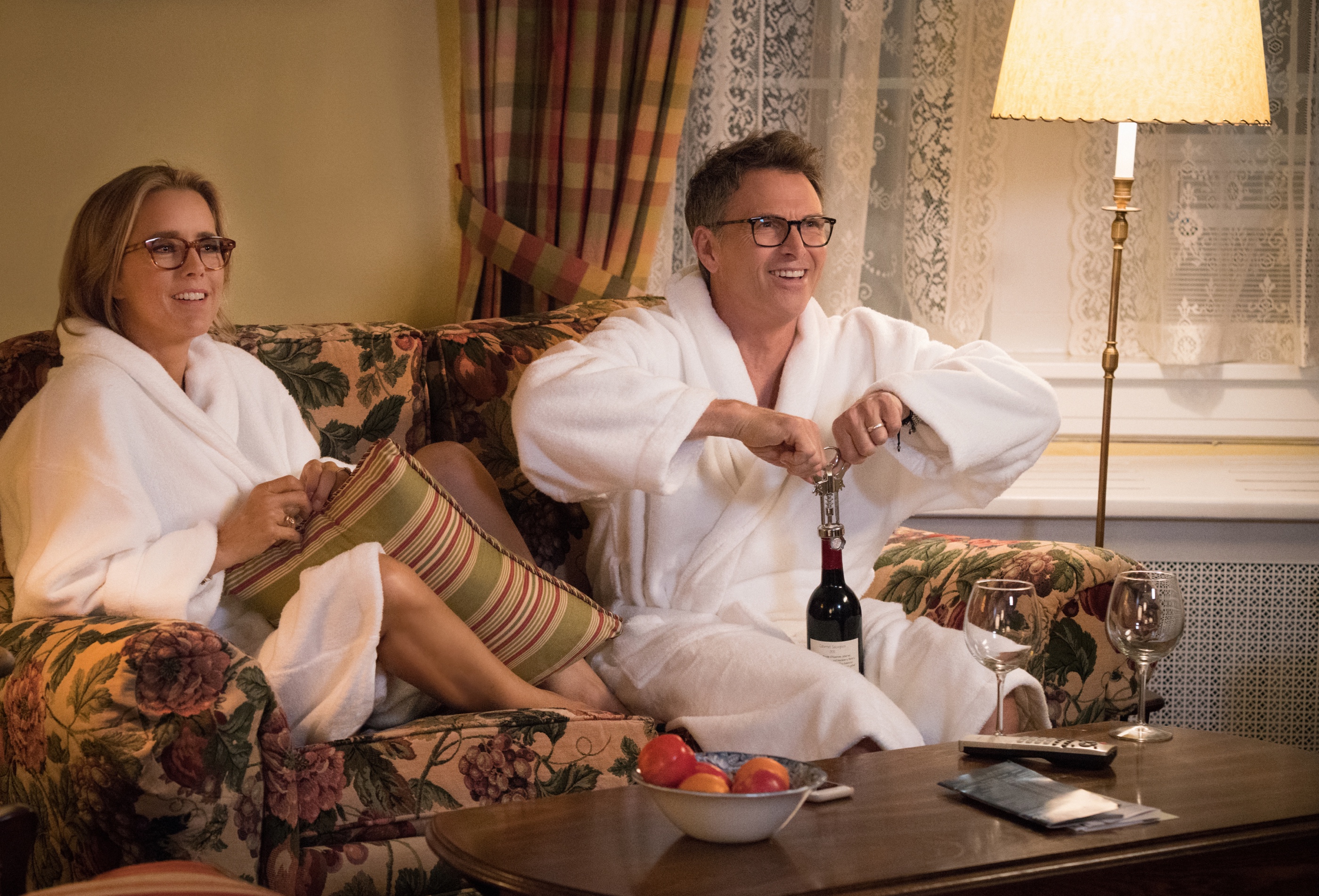
Cinematography of “Madam Secretary”. Courtesy of CBS Broadcasting.
Continue reading »
![]()
![]()